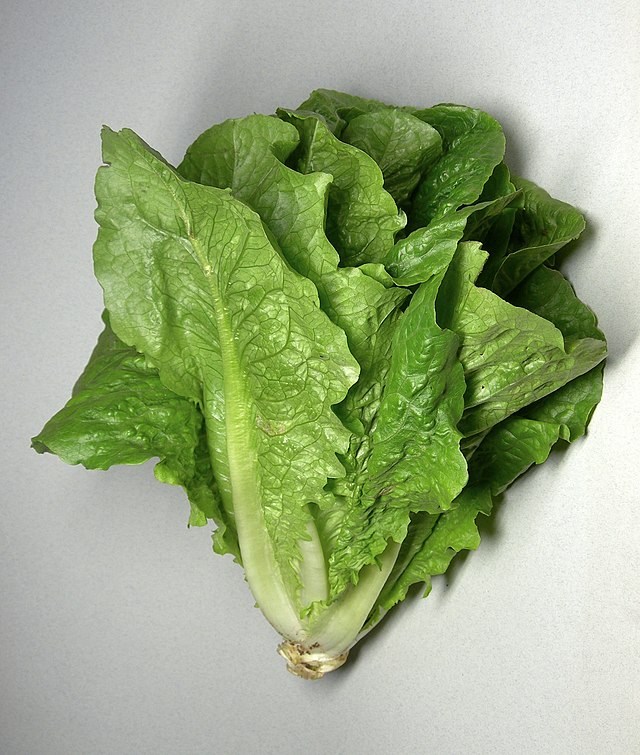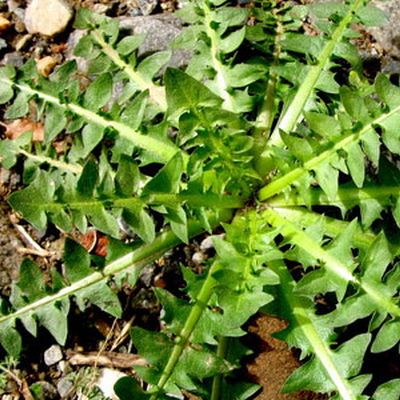SOWING IN DECEMBER
Fruits and Vegetables
CARROT

This is the food of many herbivorous animals, especially hares.
One can see many bunnies, Bugs Bunny being the famous one gnawing it!
Carrot is considered as one the most favorite vegetables of young and old, with a bright orange color, crunchy in its bite and sweet in taste!
It is eaten raw, in salads, in juices, together with fruit, cooked in dishes like bean salad, and even in desserts like carrot cake!
Plant label: common name Carrot
Type (herbs, bushes, trees): Herb
Maximum height: Up to 150 cm
Light preferences (shade, sun): Sun
Water requirements (little, a lot): The soil must be moist
Soil preferences (type): Plump and rich in nutrients
Flower color: White, pink and yellow
Sowed in (month of the year): February to April
Cold tolerance (low- high): High tolerance in cold
Heat tolerance (low – high): Low tolerance in heat
The Carrot’S Secrets…
· It is one of the few tasty roots that humans can eat.
· Carrot is known all over the world since ancient times.
· It belongs to the same family as dill, celery, fennel and parsley.
· While the orange color has prevailed, there are carrots in several other colors, including purple, white, green, and yellow.
· It is one of the most nutritious vegetables: it is rich in vitamins, minerals, fiber and antioxidants and is very good for our health.
….and carrot’s label!
Click the photo below, adjust its size, print it, use your scissors in order to cut the outline and stick this label on a wooden stick from an ice cream! Then put the stick in the soil next to the carrot you planted! This way, you will know which plant it is, especially when you plant and grow different plants at the same time!
…………………………………………………………………………………
SPRING ONION

One of the most popular vegetables of our kitchen, spring onion can be used in many different dishes and recipes, adding flavor to our food!
It has a pleasant taste, so it is often eaten raw in salads!
It is rich in fiber, minerals and vitamins, but low in calories, so it is ideal for those who watch their diet!
Plant label: common name Spring onion
Type (herbs, bushes, trees): Herbs
Maximum height: 40 – 50 cm
Light preferences (shade, sun): Sun
Water requirements (little, a lot): Some, small quantities every 4 – 5 days
Soil preferences (type): Soft, with a good drainage
Flower color: White, white – greenish and purple
Sowed in (month of the year): Year round
Cold tolerance (low- high): Low
Heat tolerance (low – high): Low, ideally it needs 15˚ C
Fresh onion’s secrets:
· It belongs to the same family as garlic and leek
· The underground part of the spring onion is called the bulb and it is basically the dry onion that we put very often in our food!
· It is very popular in Asia, where it is used in almost all recipes!
….and the spring onion’s label!
Click the photo below, adjust its size, print it, use your scissors in order to cut the outline and glue this label on a wooden stick from an ice cream! Then put the stick in the soil next to the spring onion you planted!
This way, you will know which plant it is, especially when you plant and grow different plants at the same time!
………………………………………………………………………………..
CHICORY

One of the most well-known winter vegetables, chicory can grow wild, in the fields, but it can also be easily cultivated in our garden!
It has a characteristic bitter taste, which is why it is also called bitter chicory.
It is rich in fiber, phosphorus, magnesium and vitamins, but low in calories, so it is ideal for those who watch their diet!
Plant label: common name CHICORY
Type (herb, bush, tree): herb
Maximum height: 10 – 20 cm
Light preferences (shade, sun): Sun, but short hours of sunshine
Water requirements (little, a lot): A lot, small quantities every 4- 5 days
Soil preferences (type): Rich in nutrients, with good drainage
Flower color: purple
Sowed in (month of the year): October to January
Cold tolerance (low- high): High
Heat tolerance (low – high): Low
THE CHICORY SECRETS
• We eat its leaves, either boiled, with olive oil and lemon, or raw as a salad. But very often it accompanies meat or fish, in several recipes.
• It has many varieties and types: wild white, wild red, tame, Italian, radicchio and the famous stamnagathi
• It is well known since ancient times!
….and the Chicory label!
Click the photo below, adjust its size, print it, use your scissors in order to cut the outline and stick this label on a wooden stick from an ice cream! Then put the stick in the soil next to the chicory you planted!
This way, you will know which plant it is, especially when you plant and grow different plants at the same time!
………………………………………………………………………….
Lettuce

Lettuce is used as a synonym for money. We say “is there any lettuce?”, asking whether there is money involved. Also, when we want to describe one who spends money without thinking, we say “he spreads money just like lettuce leaves”.
It is the best known green, fresh vegetable – we eat its big leaves.
Lettuce is eaten raw, alone or in salads, usually matched very well together with spring onion and dill.
In Greece we also eat it cooked in lamb dishes, or in stew during Easter time (called mageritsa).
Plant label: common name Lettuce
Type (herbs, bushes, trees): Herb
Maximum height: 20 – 25 cm
Light preferences (shade, sun): Sun
Water requirements (little, a lot): Some, it needs moisture
Soil preferences (type): Plump and rich in nutrients
Flower colour: Greenish
Sowed in (month of the year): October, November, December
Cold tolerance (low- high): Quite, but not in frost
Heat tolerance (low – high): Quite, (ideally it needs a temperature of 15 – 25˚ C)
Lettuce’s secrets
It is a very well known vegetable since ancient times – was used in Greece and several other countries.
It derives from Asia. There are many varieties today, from the simple, common lettuce – what we call romana – there is a French variety, iceberg, lola, Chinese, and other lettuces, that come in various colors, from dark green to red, transforming our salads to colorful dishes.
Lettuce contains a lot of water and small amounts of fiber. Its most important nutrients are vitamin A and potassium. Lettuce is also a source of vitamin C, calcium and iron.
….and lettuce’s label!
Click the photo below, adjust its size, print it, use your scissors in order to cut the outline and stick this label on a wooden stick from an ice cream! Then put the stick in the soil next to the lettuce you planted! This way, you will know which plant it is, especially when you plant and grow different plants at the same time!
………………………………………………………………………………………………….
Spinach

One of the most delicious and popular leafy vegetables!
Spinach flavors our dishes and can be eaten raw in salads, or in recipes with pasta, rice, vegetables, meat, cuttlefish and of course…in the well known Greek dishes: spinach pie and spinach rice!
It has a high nutritional value and is rich in vitamins and antioxidants
Plant label: common name Spinach
Type (herbs, bushes, trees): Herbs
Maximum height: 30 cm
Light preferences (shade, sun): Sun
Water requirements (little, a lot): It needs moisture, so often in spring and summer time
Soil preferences (type): Plump and rich in nutrients
Flower colour: Greenish
Sowed in (month of the year): October, November, December
Cold tolerance (low- high): High, even in frost
Heat tolerance (low – high): Low, it prefers coolness
THE SECRETS OF SPINACH
- It firstly appeared in China around 700 BC, as a gift to the emperor from the king of Nepal!
- Belongs to the same family with beets, quinoa and chard
- Spinach has a high iron content and is thus ideal for patients with anemia
- Due to its neutral taste, it matches well with all kinds of food!
- It helps in the good functioning of the intestine and strengthens our immune system
…AND HERE IS THE SPINACH LABEL!
Click the photo below, adjust its size, print it, use your scissors in order to cut the outline and stick this label on a wooden stick from an ice cream! Then put the stick in the soil next to the spinach you planted! This way, you will know which plant it is, especially when you plant and grow different plants at the same time!
…………………………………………………………………………………
Newsletter
Subscribe to our email newsletter to receive updates on the latest news.
Read the Privacy Policy.

